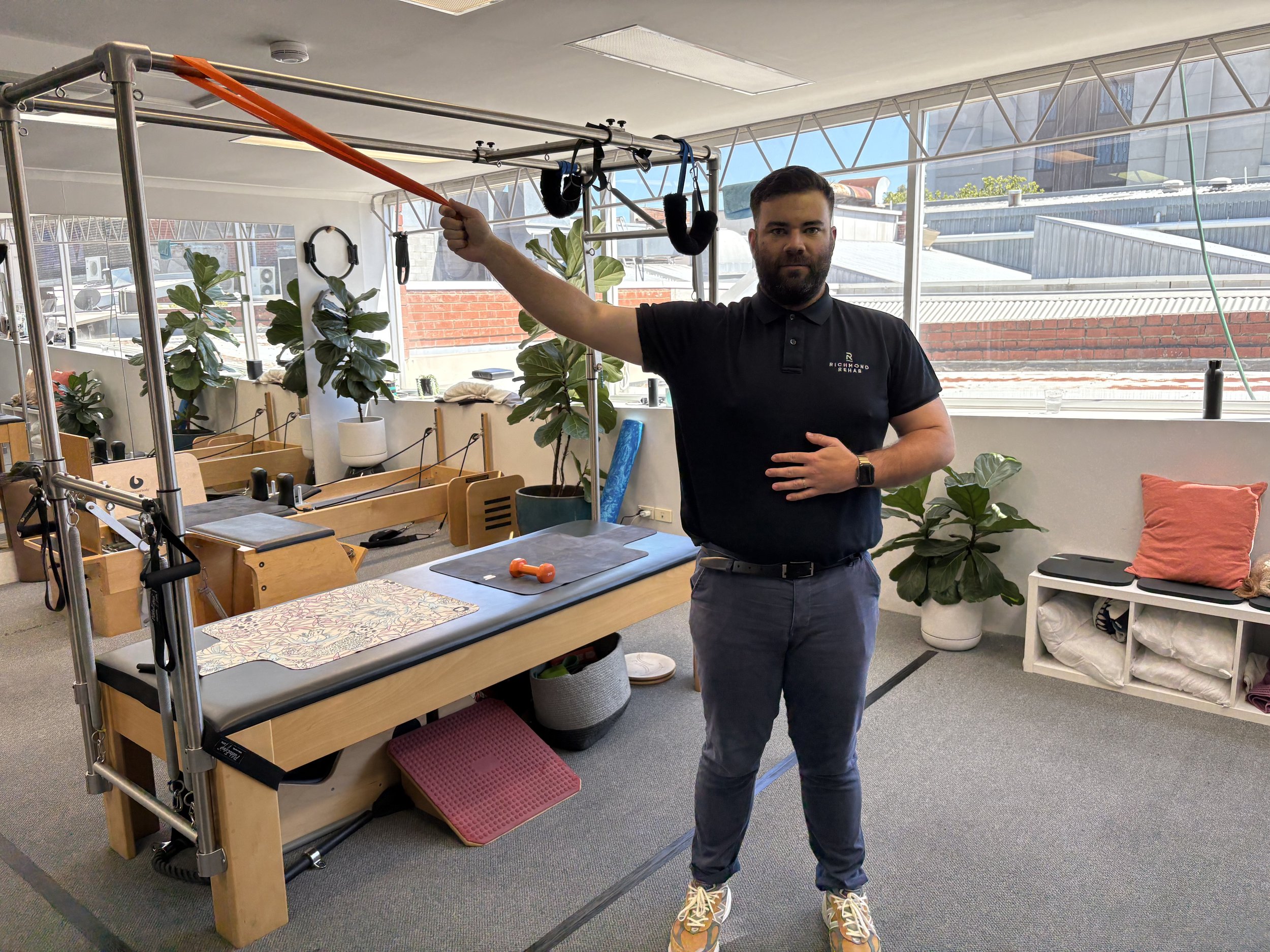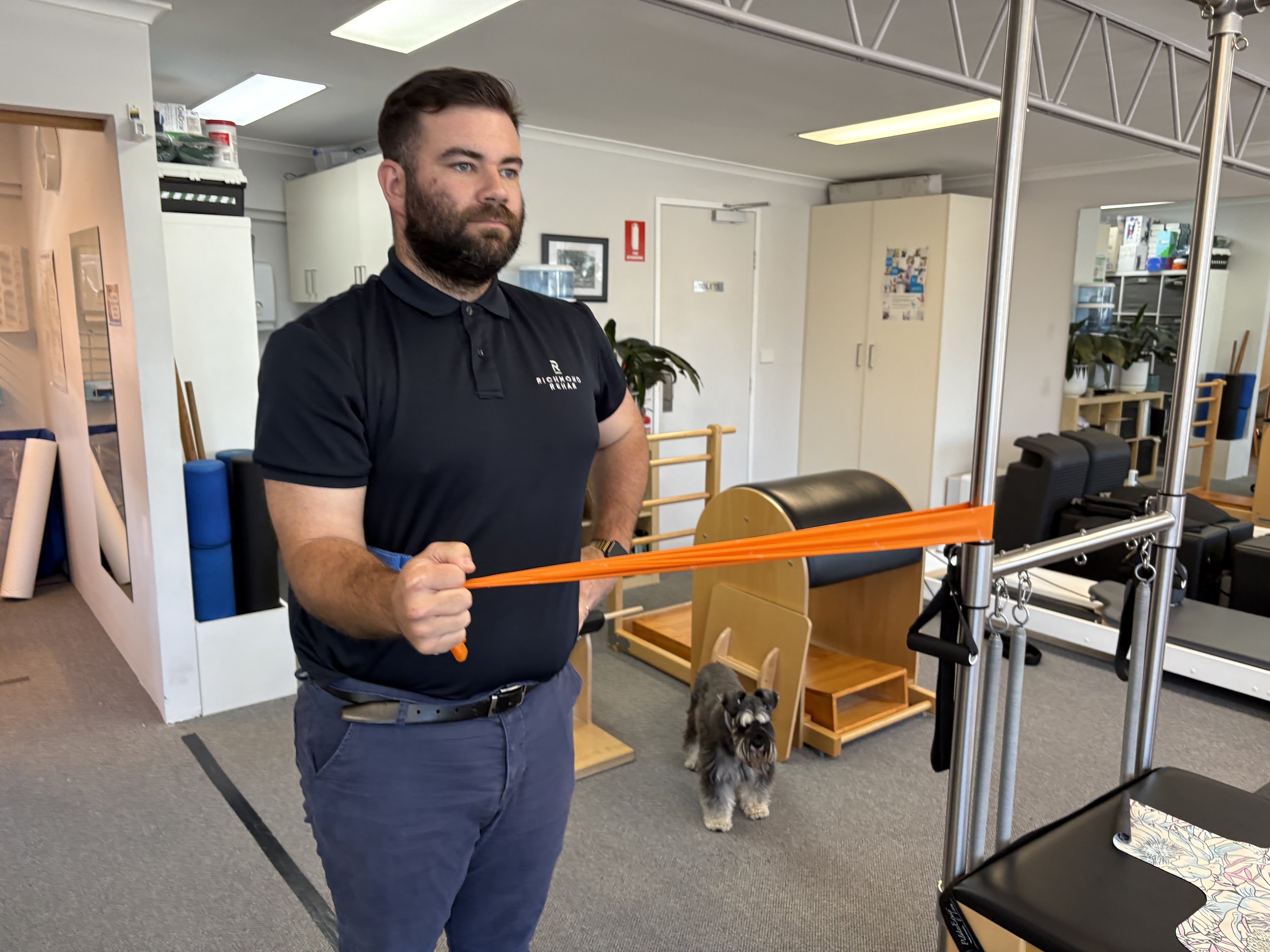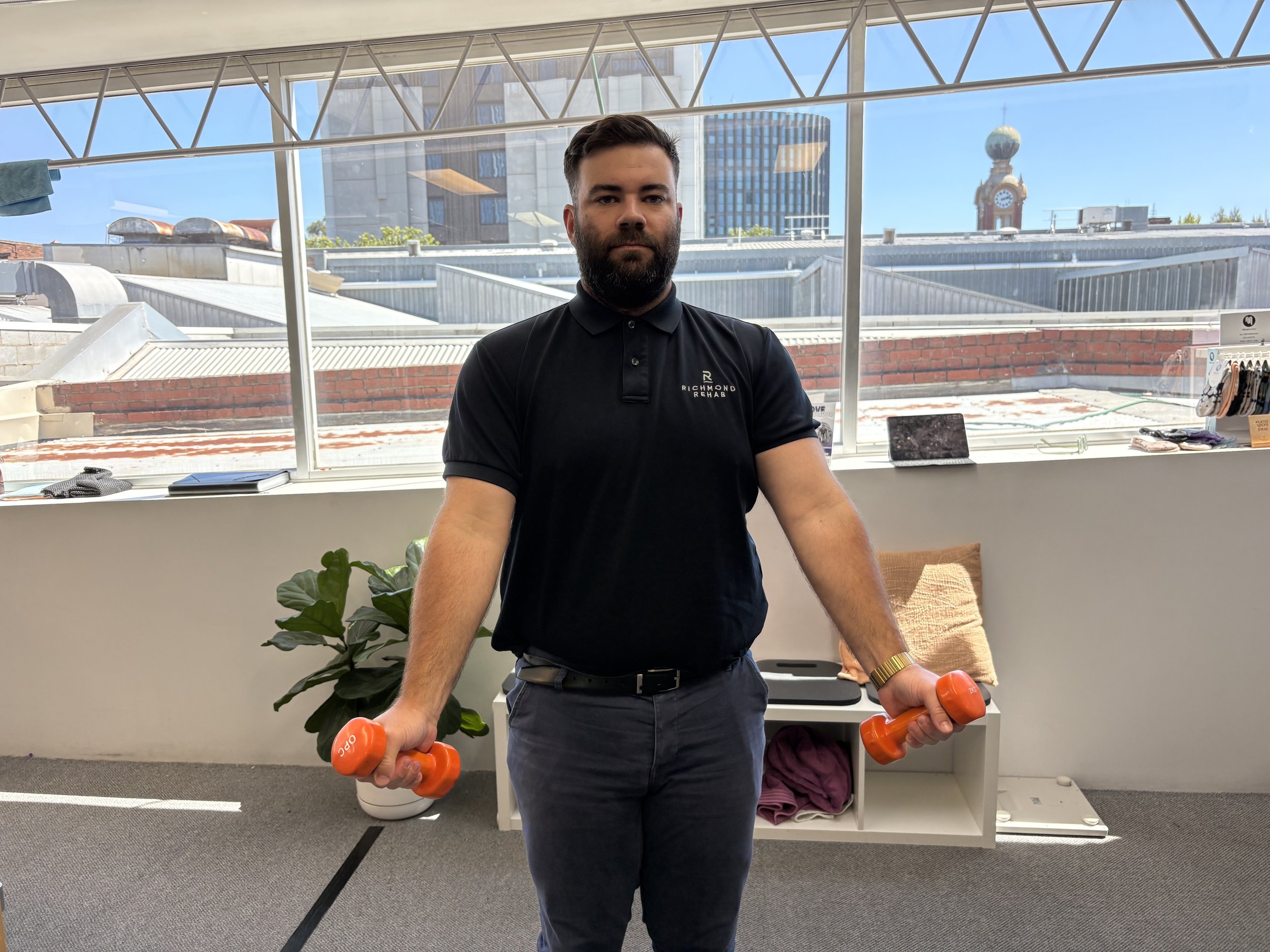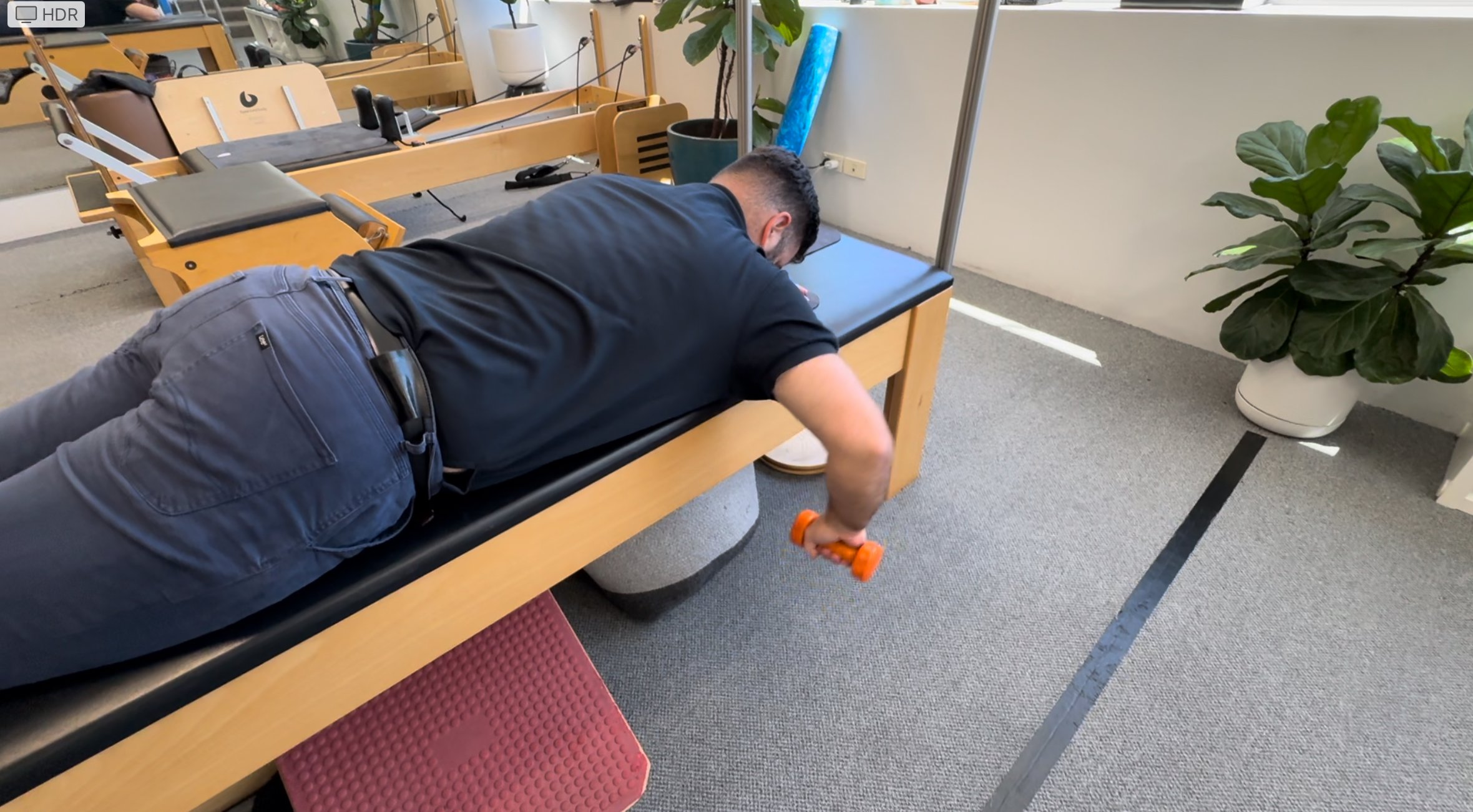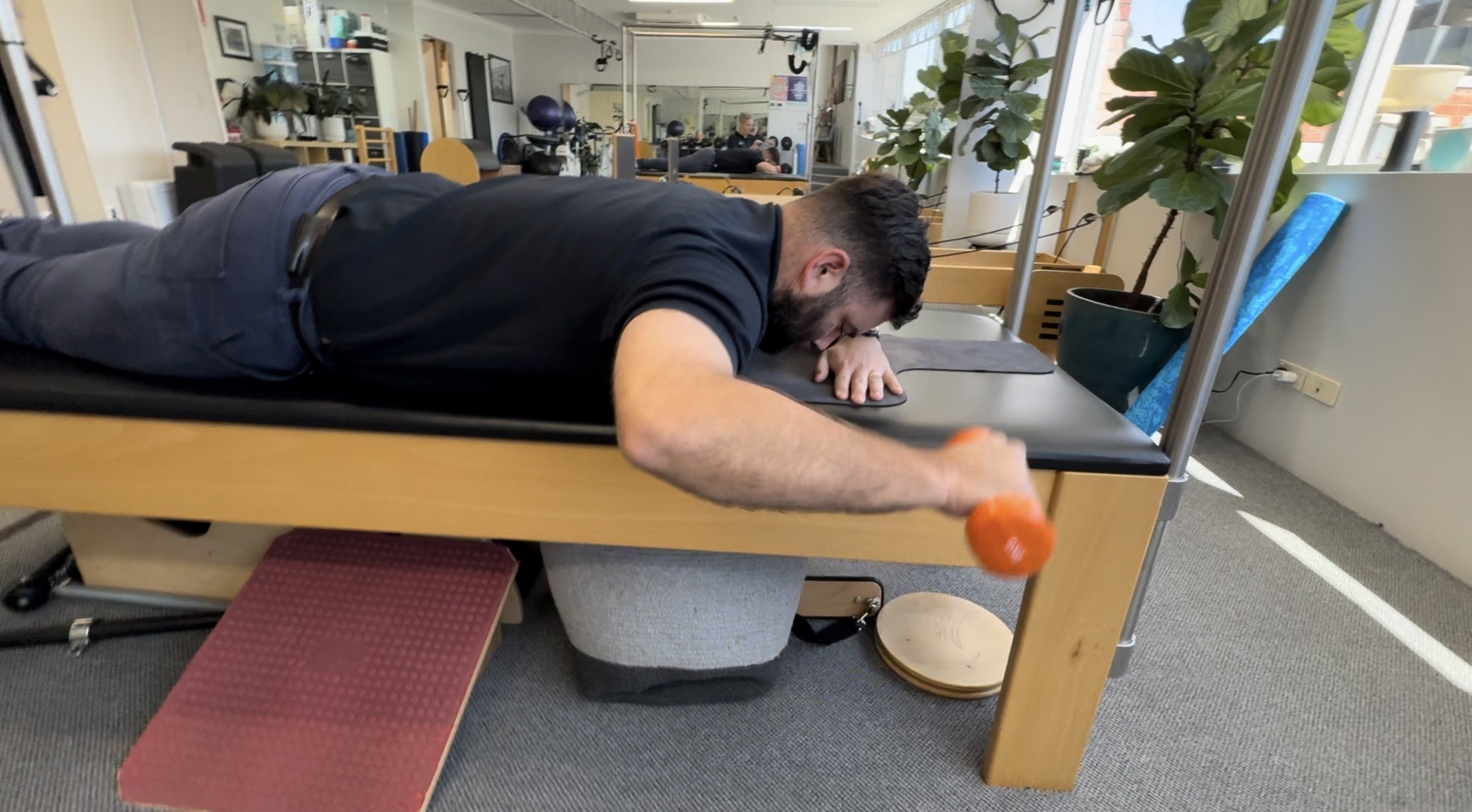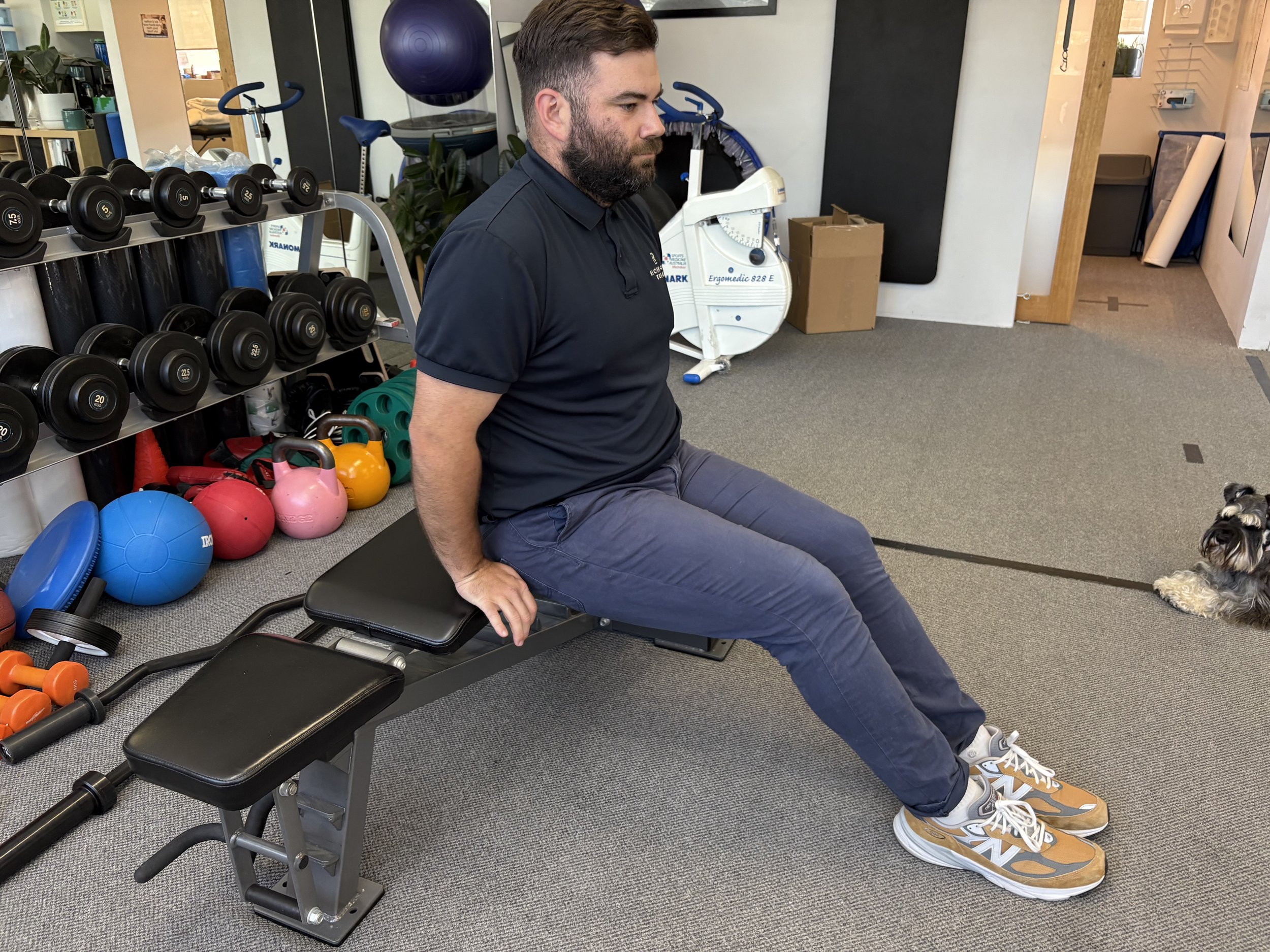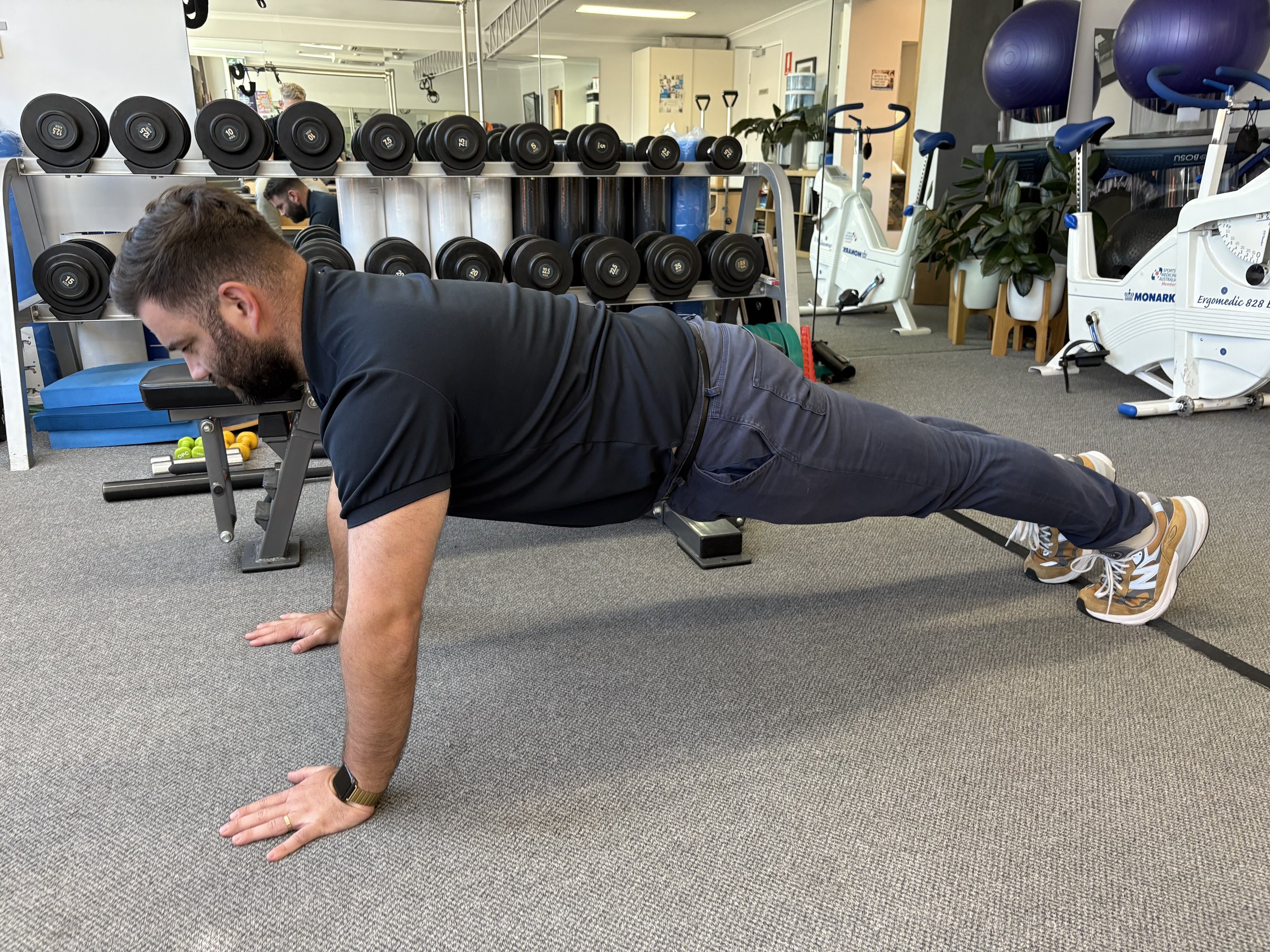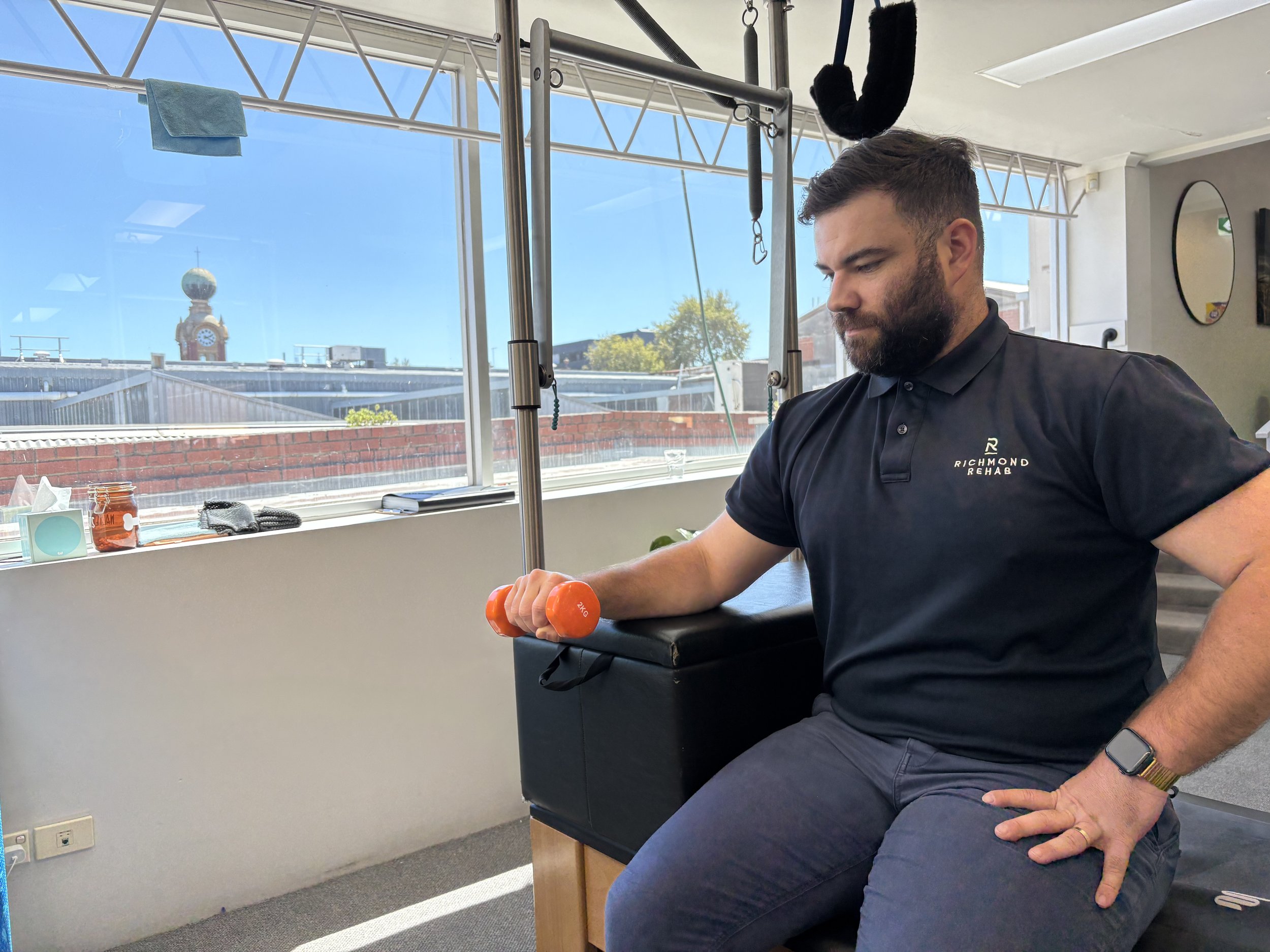The Throwers Shoulder & The ‘Ten’
Throwing overhead requires a delicate balance of mobility, strength, and control.
However, the high forces generated — especially during the deceleration phase — put the shoulder at risk of injury, with up to 69% of throwing injuries affecting this joint.
Understanding why these injuries occur and how to strengthen and stabilise the shoulder is key to staying pain-free and performing at your best.
What is required of a throwers shoulder?
A healthy mix of hyper mobility with joint & muscle stability. Oh and you have to do it quickly.. This is what it takes to throw something overhead.
| Sport | Injuries Related to Shoulder (% of Total Injuries) |
|---|---|
| Baseball (pitchers and position players) | 58%–69% (74,99,128,143) |
| Softball (pitchers and position players) | 14%–25% (49,73) |
| Cricket (bowlers) | 12.5%–41% (25,104,119) |
| Handball | 7%–40% (4,82,114) |
| Volleyball | 8%–60% (11,38,107,124), 33–53% due to overuse (106) |
| Football (quarterbacks) | 15% (58), 2.1% due to overuse throwing (58) |
Zaremski, 2017. Explaining the proportion of reported shoulder injuries in the primary throwing sports, with numbers reaching as high as 69% of all injuries reported being shoulder injuries in Baseball.
During the deceleration stage, known to us all as the follow through, the arm decreases high velocities over a very short period.
Injuries that may occur in the deceleration phase include a Labrum Cartilage tear and a Long Head of Bicep tendon injury. This is due in most part to the traction forces imparted on the attachment point within the shoulder at abduction and maximum external rotation orientation as the biceps also is most active during this phase.
Other rotator cuff muscles may be injured due to the large eccentric forces with potentially weak rotator cuff muscles.
In attempts to prepare the shoulder for these loads Kevin Wilk, a researcher in this area has developed a program to best position the throwing athlete to be able to complete both in season and pre-season throwing preparation.
Below are 12 sections that will use the muscle required and in the positions need to be able to throw comfortable and powerfully while staying stable.
This program should not be completed without the proper assessment from a physiotherapist or sports physician as it is not a substitute for an independent rehab program for specific injuries. It is designed as a general preparation and prevention strategy to avoid throwing injuries.
Section 1
1a.
Diagonal pattern
D2 extension
1b.
Diagonal pattern
D2 Flexion
Section 2
2a.
External rotation at 0 degrees abduction
2b.
Internal rotation at 0 degrees abduction
Section 3
3.
External Rotation at 90 degrees abduction
*Optional
Section 4
4.
Shoulder abduction to 90 degrees
Section 5
5.
Scapation, external rotation (‘full cans’)
Section 6
6.
Side-lying external rotation
Section 7
7c.
Prone rowing
7d.
Prone rowing into external rotation
Section 8
8.
Press-ups / Dips
Section 9
9.
Push-ups
Section 10
10a.
Elbow flexion
10b.
Elbow extension
Section 11
11a.
Wrist extension
11.b
Wrist flexion
Section 12
12a.
Wrist supination
12b.
Wrist pronation



